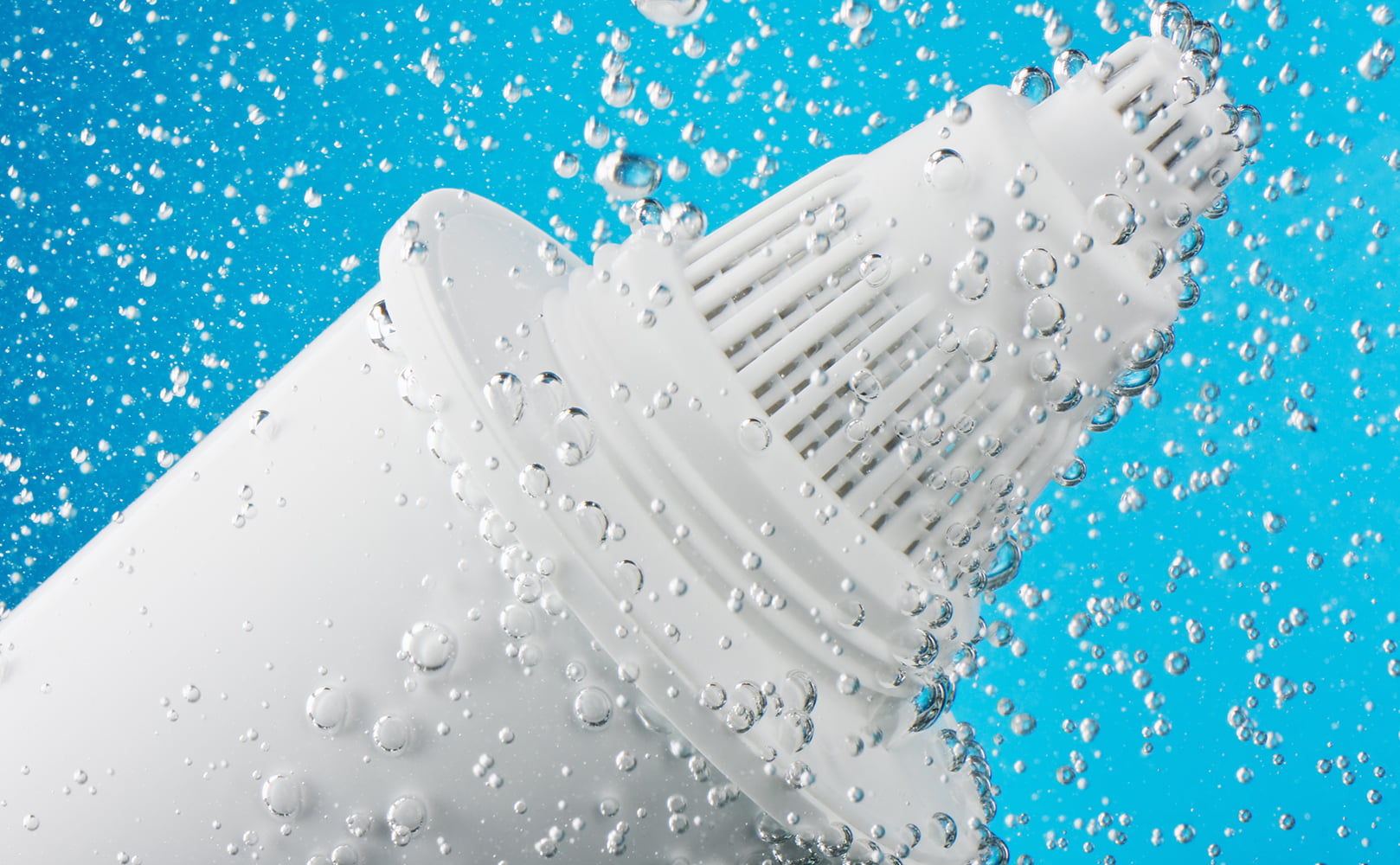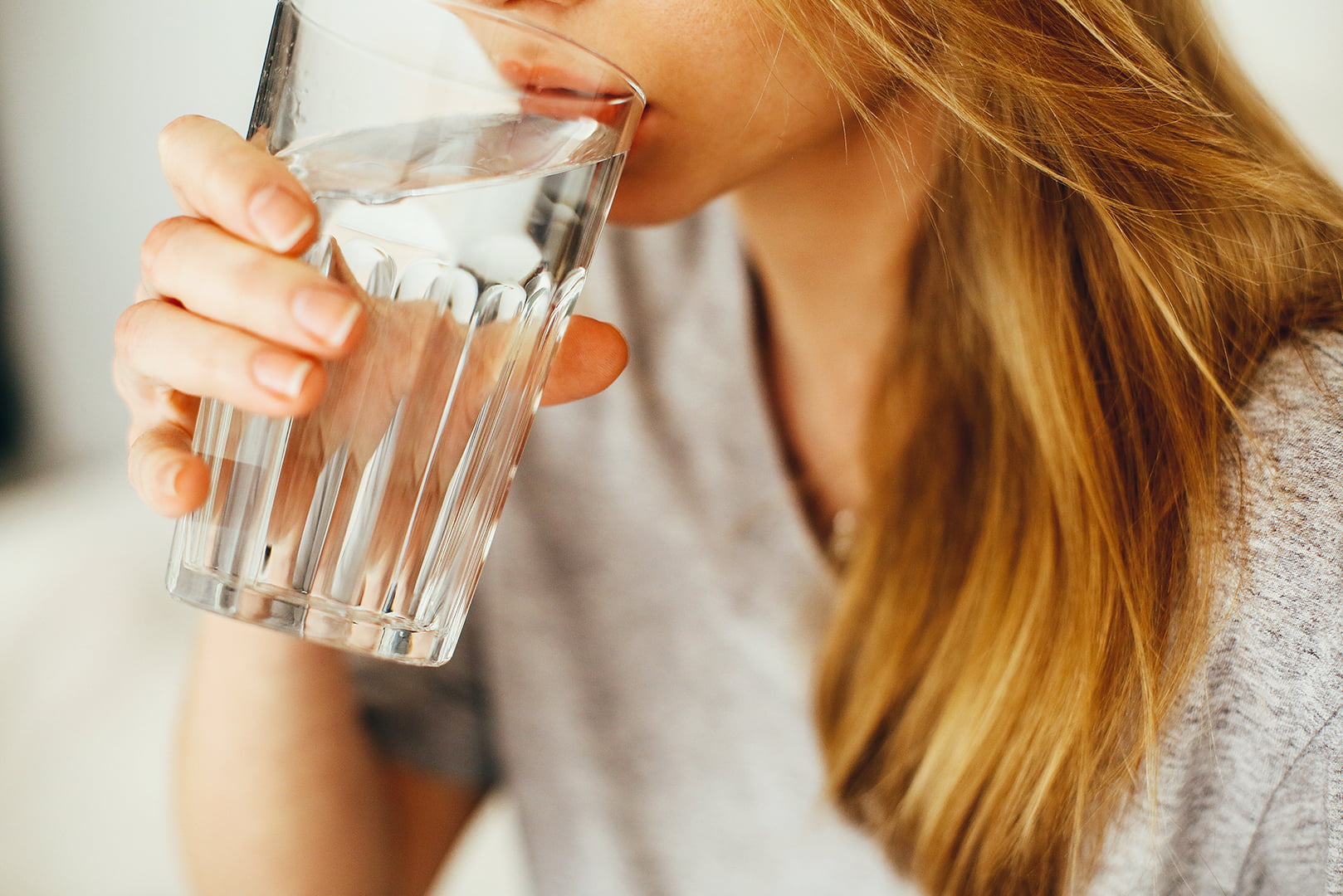How Often Should You Change Your Pitcher Water Filter?
Written by: Rob Dodge // Last Updated: Jan 4, 2023
This page may contain affiliate links. If you buy a product or service through such a link we earn a commission at no extra cost to you. Learn more.
When shopping for a water filter pitcher, it’s important to remember that the initial purchase price is not the only expense you’ll have in the long term.
You must also account for replacing the pitcher’s filters, which can turn into a major ongoing expense with some models.
Besides, how often you should change your water filter pitcher depends on your consumption habits as well as the specific model you’ve purchased. Let’s discuss this detail a little further…
Key Takeaways
- As a general guideline, you should change your pitcher water filter every 1 to 3 months.
- They are designed to effectively filter up only a specific volume of water.
- Tip: To be certain, check manufacturer instructions.
Why Do I Need to Change My Pitcher Water Filter?
The filters used in water pitchers have a limited lifespan. They are designed to filter a specific amount of water, after which they need to be replaced. You might not notice any changes if you keep an old filter unchanged for too long, but once you’ve replaced it, you can usually immediately tell the difference between the last glass of water that came out of the pitcher before changing the filter, and the first glass you drink afterwards.
Many water pitcher filters work by capturing contaminants and preventing them from making it into the filtered water compartment. The filter can only hold a limited volume of contaminants before its effectiveness starts to drop off.
How Often to Change a Water Pitcher Filter in General
Every model is individual, but many of the water filter pitchers on the market still fall within a common range of 1-3 months. If you don’t have any specific instructions provided by the manufacturer of the pitcher you’re using, you should stick to these numbers as a general guideline.
How to Determine How Often You Should Change Your Pitcher Filter Precisely
The main way to tell how often you should change your water pitcher filter is by checking the instructions. Most models on the market come with manufacturer guidelines for the ideal filter replacement frequency.
Some models also have a built-in indicator that tells you when the filter should be replaced. Keep in mind that those indicators are not always very precise though.
Factors That Influence How Long a Pitcher Filter Lasts
Water Usage
While most manufacturers state their ideal replacement frequency in terms of time – e.g. several weeks or months – this is usually an estimate based on the average consumption habits of the typical household. In reality, the performance of filters degrades mainly as a function of the amount of water that passes through them.
This means that your filter will need to be replaced much more often if you live in a large household with several family members as opposed to living on your own. It can be difficult to measure your water usage precisely though. Try to keep note of how many times the pitcher has been filled.
Water Quality
If your water supply contains more dirt, it may cause filters to expire faster. It can be useful to have some general idea of the quality of your water before purchasing a pitcher filter. You can purchase DIY test kits that you can run at home, though those may not always provide you with the most precise results.
If you want to be absolutely sure, you should get a professional inspection of your water supply. This can cost a good deal of money and can take a while.
Model
Different pitcher filters provide different levels of filtration performance. Some are very good at removing contaminants from the water supply, but this also likely means that their filters need to be replaced more frequently.
Choosing the ideal model for your household is another factor that depends on how many people you live with. If you live alone, you may be able to get a good value out of a cheaper model. Otherwise, you should look for a more expensive one with advanced filtration capabilities and more durable filters.
Signs You Need to Change Your Filter Cartridge
Slow Filtration
As your water pitcher’s filter captures more and more contaminants over time, it will start to clog up. You will eventually notice water running more slowly through the filter. This can be a sign that it’s time to replace the cartridge.
Unpleasant Taste
Whether a water filter pitcher affects the taste of your water depends mainly on the types of contaminants you’re dealing with. It’s not rare that filtering your water, even through a basic filter, can improve its taste. If you notice that your water is reverting to its original unpleasant taste, that’s another sign that you should consider replacing your pitcher’s filter.
Odor
The same goes for odor. You won’t always notice an improvement in the way your water smells when using a filter pitcher. But if you do, that’s another factor to pay attention to as a hint that the filter needs to be replaced soon.
Built-in Indicator
Some water filter pitchers come with a built-in indicator that gives you an estimate of the current state of the filter. Keep in mind that these indicators are usually not very precise.
In many cases, they simply measure how much water has passed through the filter. Even that might not be measured very precisely, as some filters simply track how long the pouring flap has stayed open. Since water quality can affect the performance of your pitcher significantly, the indicator might not work as intended if your water supply is severely contaminated.
Instructions: How Do You Change a Pitcher Filter?
Always follow your manufacturer’s instructions when replacing filters. While the general process is similar between most pitcher models, there might be some individual points to consider with your specific filter.
- Empty your pitcher completely and remove the current filter. You might have to disassemble some additional parts of the pitcher to get to the filter. It’s a good idea to take apart the whole pitcher at this point anyway, as you should give it a thorough washing while you’re at it.
- Many filter cartridges need to be primed before use. This could involve submerging the filter in water and swirling it around to get it properly wet. As a general rule of thumb, wait until the filter stops releasing bubbles into the water.
- After your filter is primed, assemble your pitcher and insert the new filter. At this point, it can be recommended to run at least several pitchers’ worth of water through the filter before you start using it. Most manufacturers recommend filling the pitcher completely and draining it 2-3 times. After that, you’re good to go!
Can You Recycle Your Old Pitcher Water Filters?
Some water filter pitchers are made to be recyclable. Instead of throwing them in the general trash, you can send them to specialized companies that extract any useful materials out of them and submit them for proper recycling.
Some companies, like Brita, may also accept old filter cartridges directly instead of going through third-party recycling companies. Check the manufacturer’s website. The process may be simpler than you expect – for example, the manufacturer may pay for your shipping costs, making the whole ordeal completely free for you.
Additional Tips
1. Cleaning a Water Filter Pitcher
Cleaning a pitcher should ideally be done when you’re replacing the filter cartridge. Some pitcher models may facilitate cleaning while the filter is still in, but that’s not always the case. Be careful to remove any soap residue once you’re done cleaning, because you don’t want it to get inside your filter.
2. Only Use OEM Filters
The market for third-party filter cartridges is huge, especially for some of the more popular brands. Often, the lower price of these products comes with some hidden costs. It’s generally not recommended to use filters made by anyone but the original manufacturer.
You risk decreasing the quality of your filtration, or even having to pay more in the long run if it turns out that the third-party filters are not as effective.
3. Don’t Filter Anything Except Cold Water
Water filter pitchers are made specifically for cold water. Don’t be tempted to process anything else, like juice or beverages. This carries a risk of clogging up the filter with contaminants that it’s not intended to remove. On top of making your filter less effective in the long term, you might also get stuck with an aftertaste of whatever beverage you decided to filter.
If you have any questions about how often you should change your water pitcher filter please don’t hesitate to leave a comment below!
Information provided on BOS is for educational purposes only. The products and services we review may not be right for your individual circumstances.
We adhere to strict editorial guidelines. Rest assured, the opinions expressed have not been provided, reviewed, or otherwise endorsed by our partners – they are unbiased, independent, and the author’s alone. Our licensed experts fact-check all content for accuracy. It is accurate as of the date posted and to the best of our knowledge.



